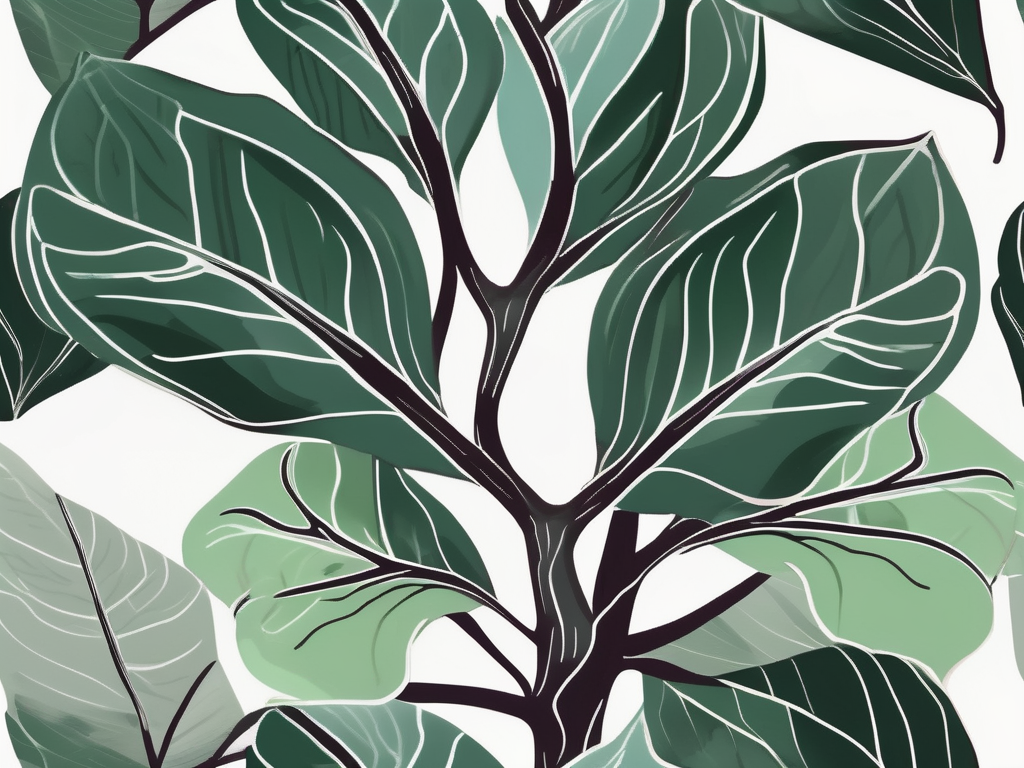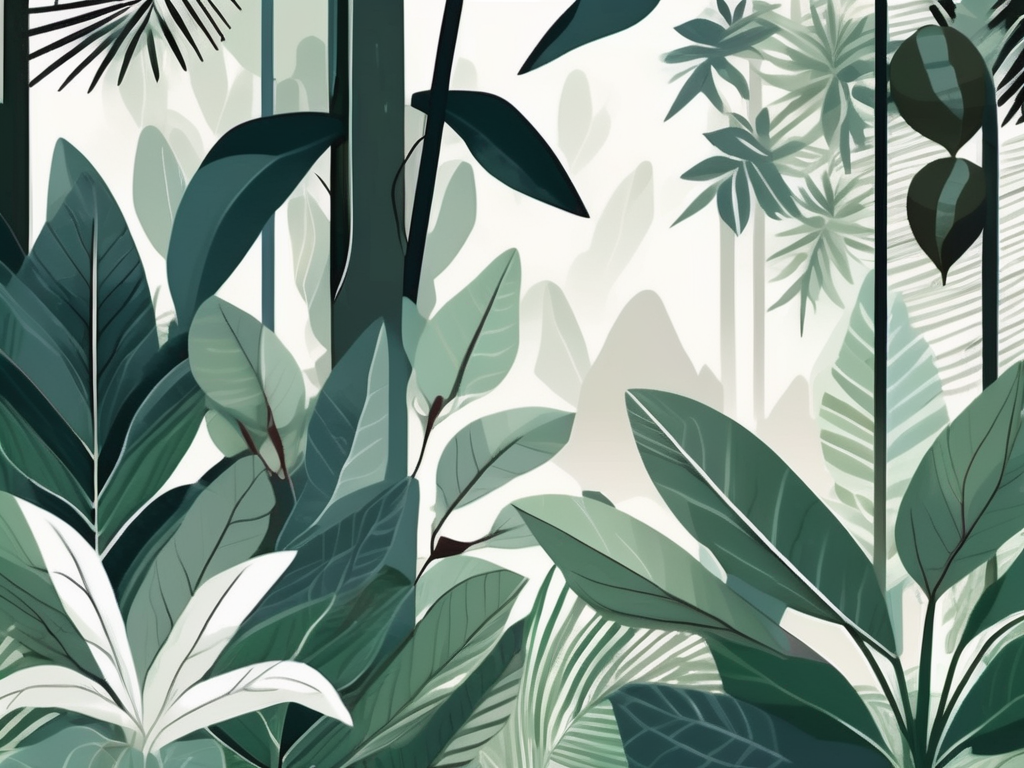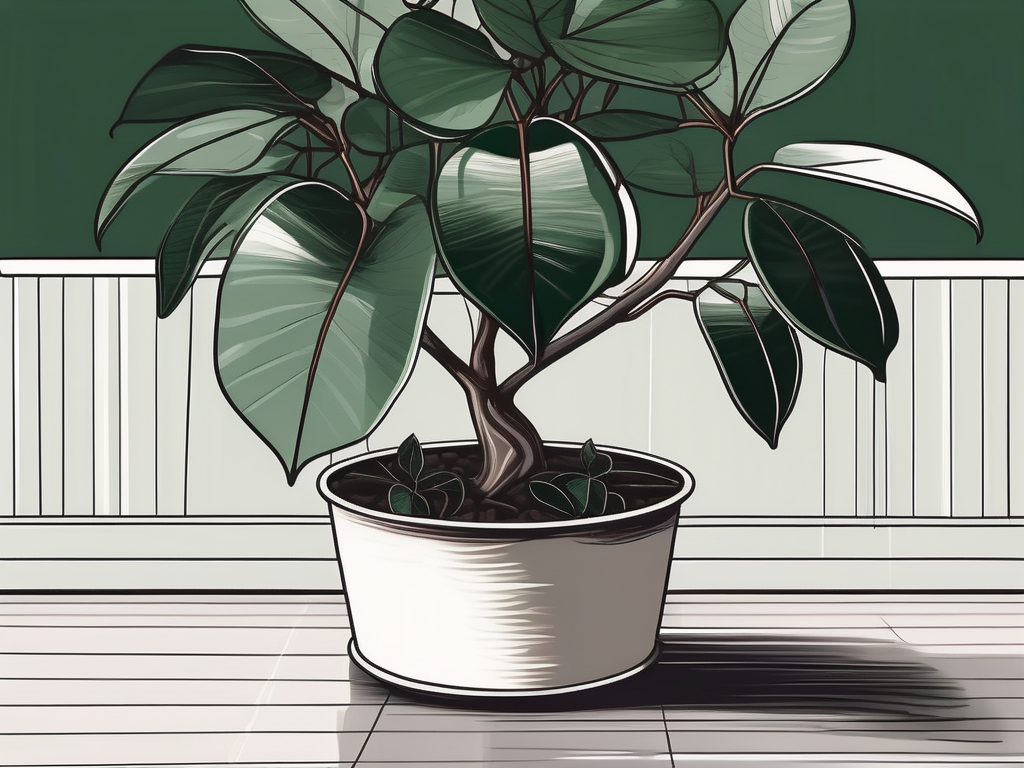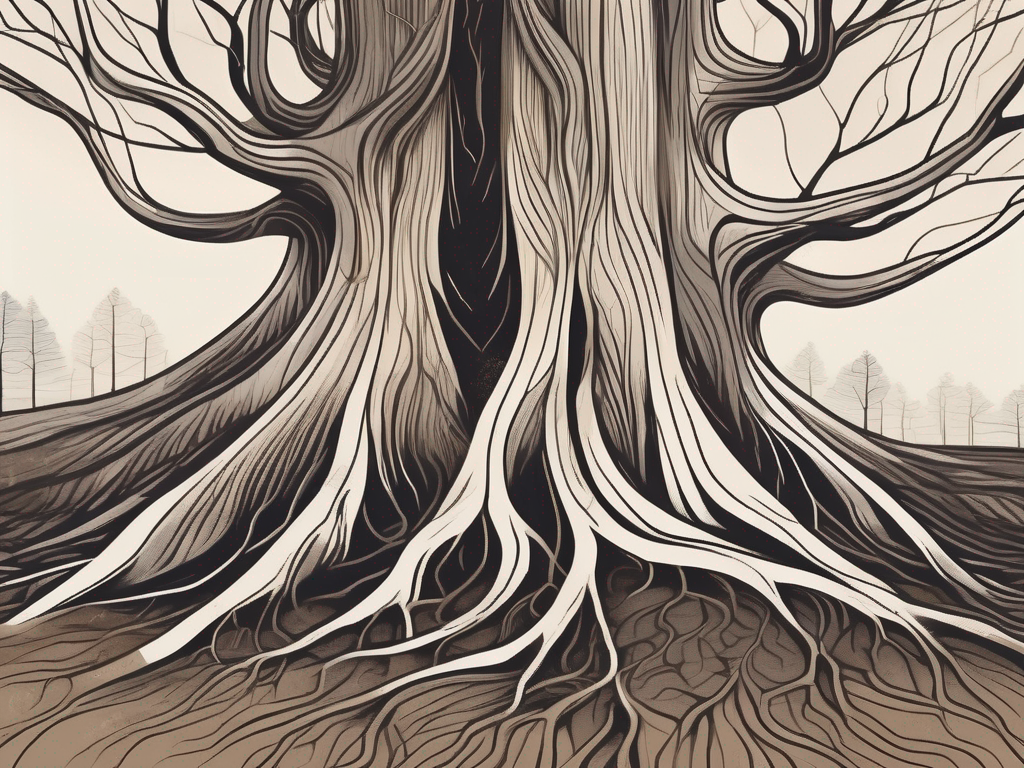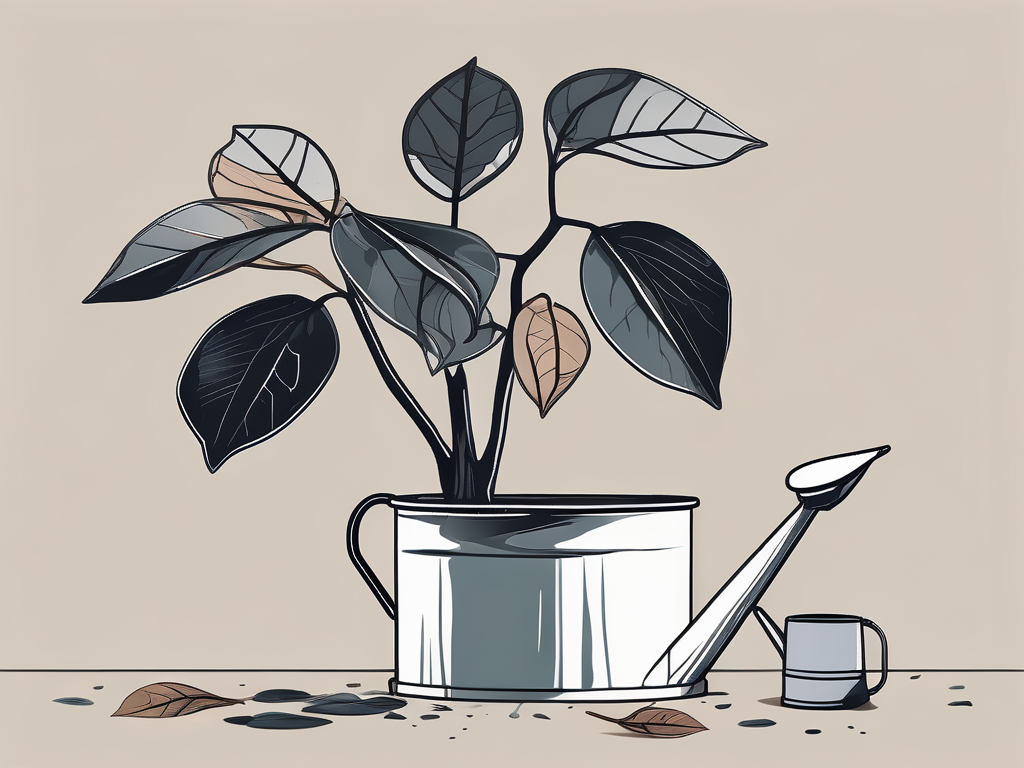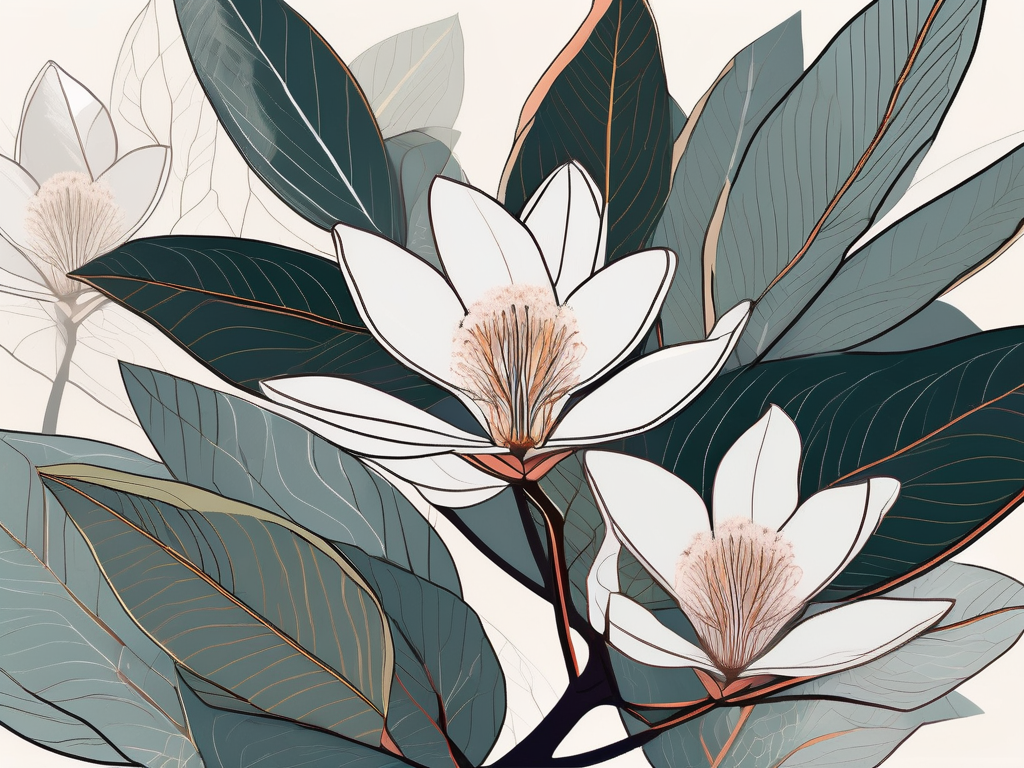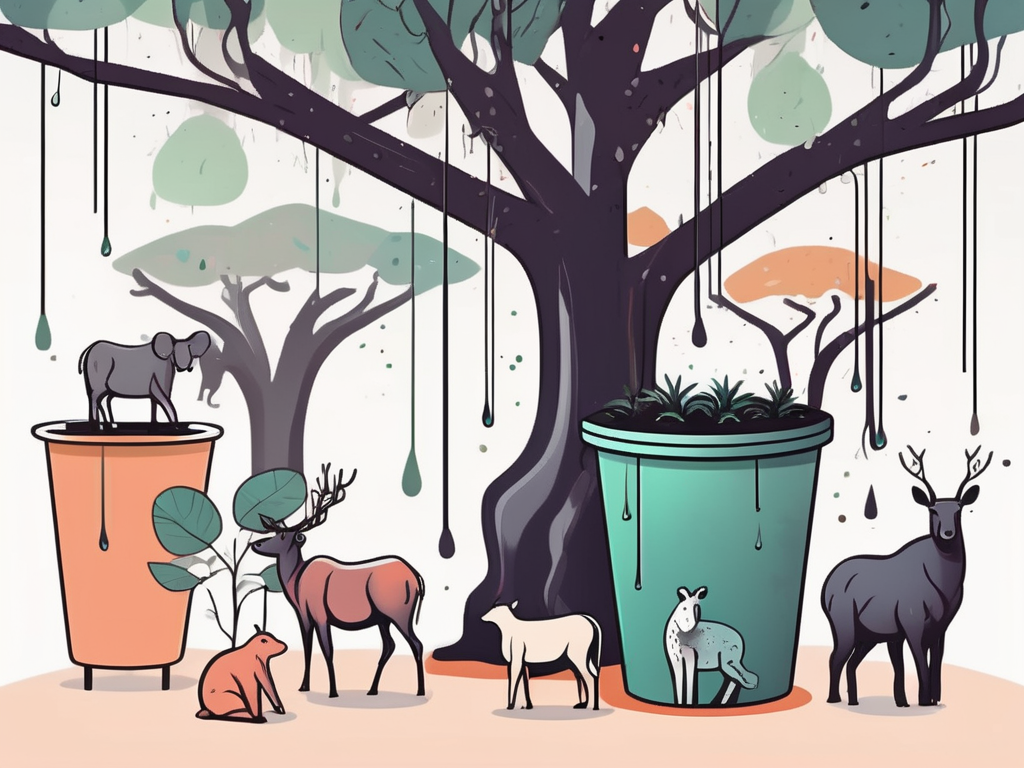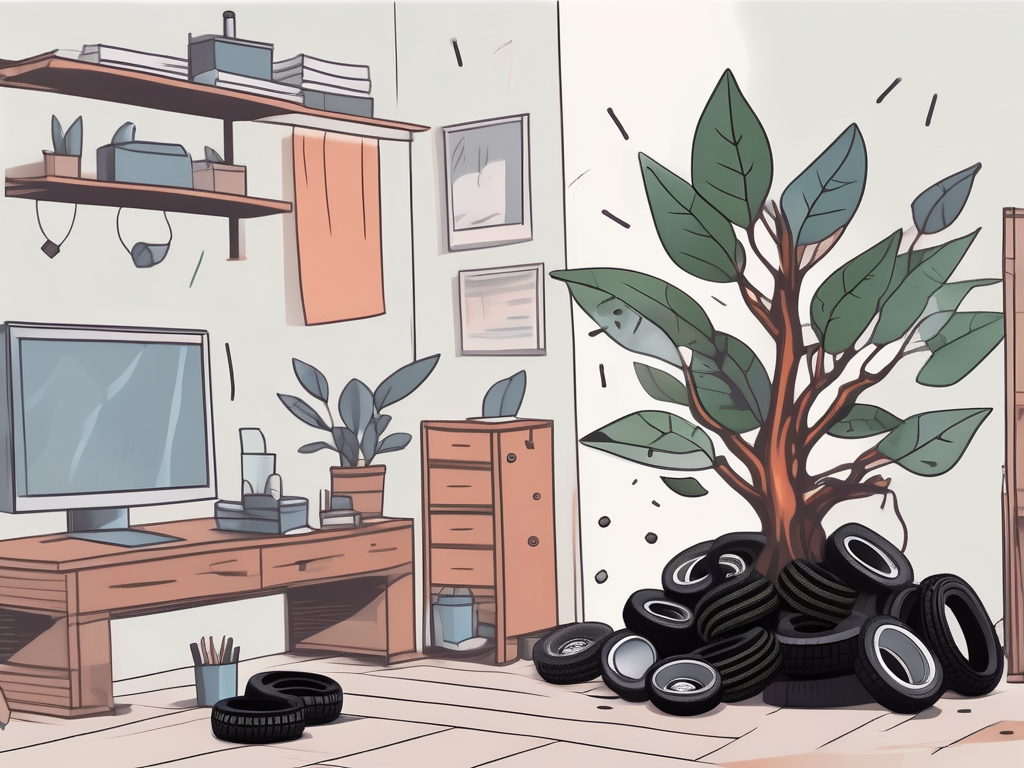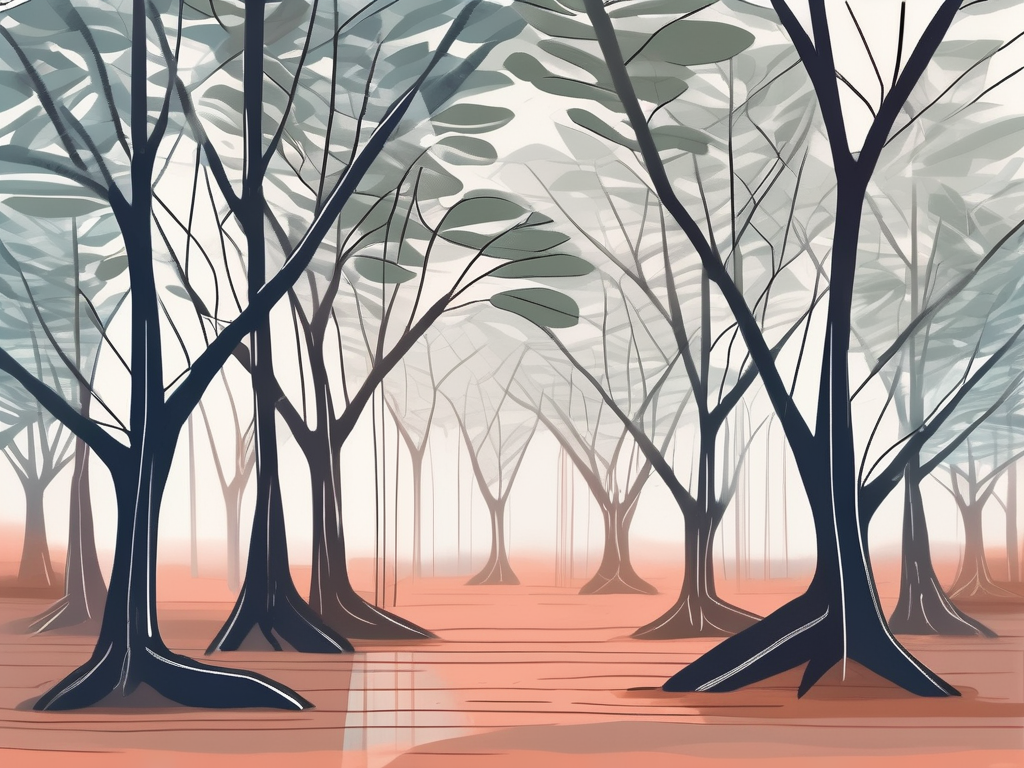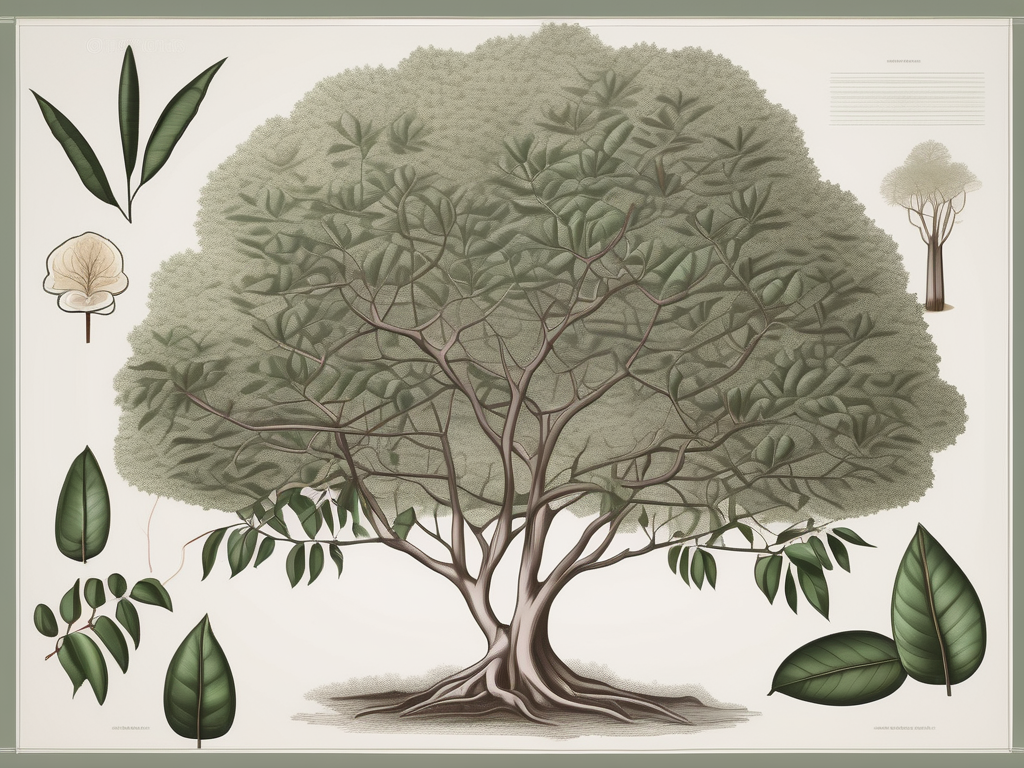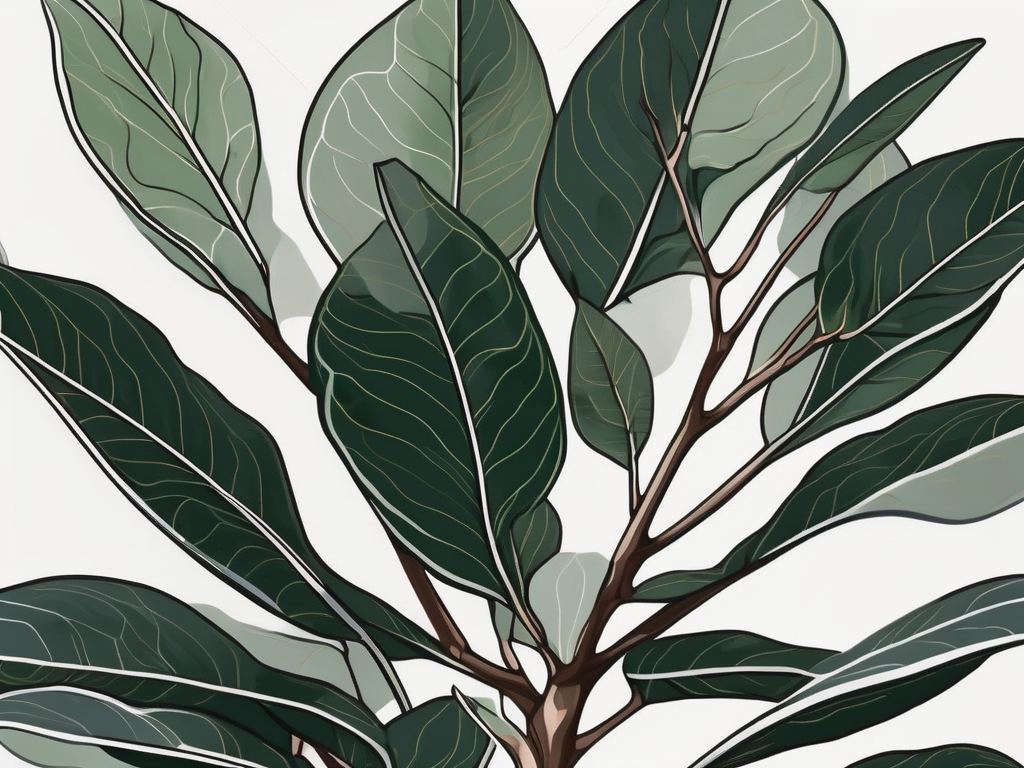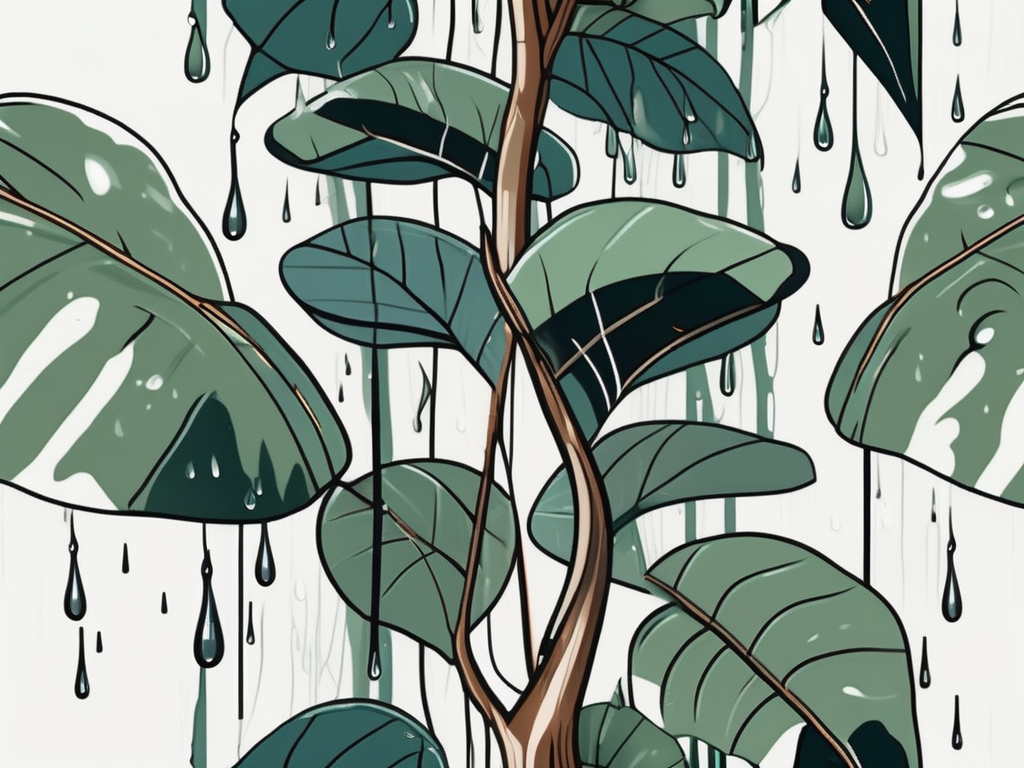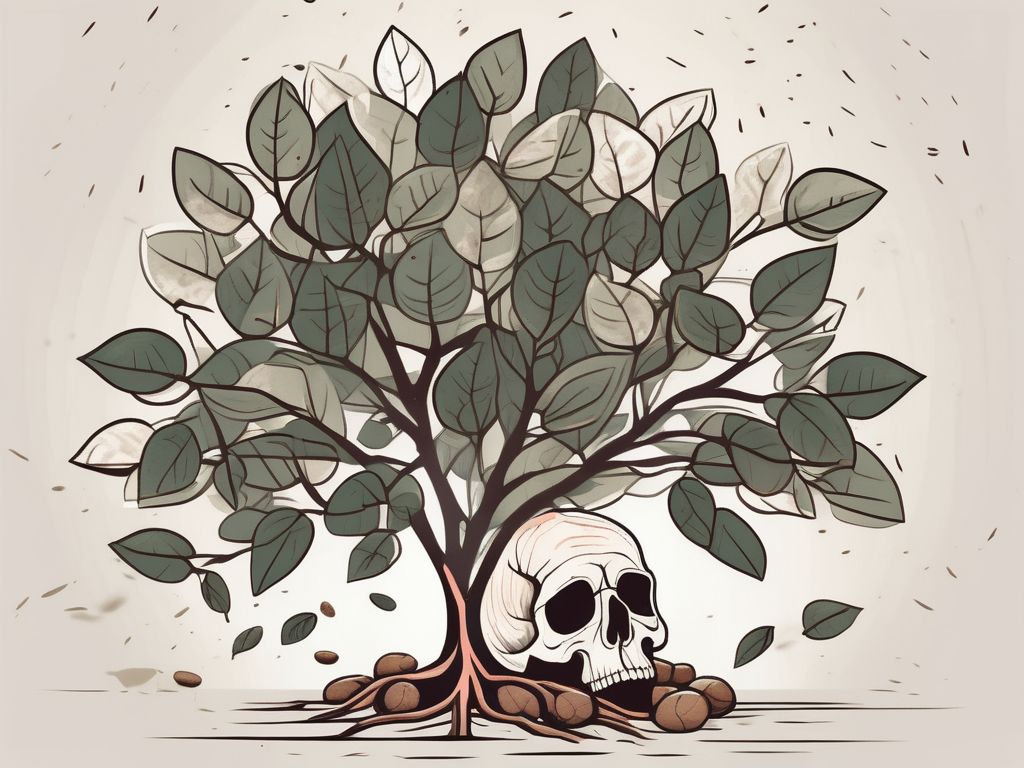
Rubber trees, with their glossy leaves and striking appearance, have become a staple in many homes. But as more plant lovers integrate these beauties into their living spaces, a common question arises: are rubber trees poisonous?
In this article, we'll explore the potential toxicity of rubber trees and what that means for you, your pets, and your home. We'll also cover some practical tips for handling and caring for these plants, ensuring they remain a safe and beautiful addition to your indoor garden.
Understanding the Rubber Tree: What is It?
Rubber trees, scientifically known as Ficus elastica, are native to Southeast Asia and have been popular houseplants for decades. Their broad, shiny leaves make them an attractive choice for plant lovers looking to add a touch of nature to their homes. But there's more to these plants than meets the eye.
While the name "rubber tree" might lead you to think of bouncy, rubbery textures, these plants earned their moniker because they were once a source of latex—a milky white sap that can be processed into rubber. This sap is also the source of the potential toxicity in rubber trees, which we'll discuss in more detail shortly.
Before jumping into the nitty-gritty of toxicity, it's worth noting that rubber trees are relatively easy to care for. They thrive in bright, indirect light and prefer their soil to be kept moderately moist. Just remember to let the top inch of soil dry out between waterings to avoid overwatering. Now, let's get into the safety concerns.
Is the Rubber Tree Poisonous to Humans?
The short answer is yes, but it's a bit more nuanced than that. The sap of the rubber tree contains compounds that can be irritating to the skin and eyes. If you come into contact with the sap while pruning or repotting, you might experience mild irritation or, in some cases, an allergic reaction.
Here's what you can do to minimize risks:
- Wear gloves: When handling your rubber tree, especially during pruning, wearing gloves can prevent sap from contacting your skin.
- Wash hands thoroughly: If you do get sap on your skin, wash it off with soap and water as soon as possible to reduce irritation.
- Keep away from eyes: Be cautious not to touch your face, particularly your eyes, after handling the plant.
While the risk is relatively low, it's always better to be safe than sorry. On the bright side, you're unlikely to suffer severe consequences from a brief encounter with rubber tree sap.
Are Rubber Trees Toxic to Pets?
For those of us with curious cats or dogs, this is an important consideration. Unfortunately, rubber trees can be toxic to pets if ingested. The sap contains compounds that can cause gastrointestinal distress, such as vomiting or diarrhea, in cats and dogs.
If you suspect your pet has ingested part of a rubber tree, look out for these symptoms:
- Drooling or foaming at the mouth
- Vomiting or diarrhea
- Lethargy or weakness
- Difficulty breathing (in severe cases)
Should you notice any of these symptoms, contact your veterinarian immediately. While serious cases are rare, it's always better to err on the side of caution when it comes to our furry friends.
To keep your pets safe, consider placing rubber trees out of reach or opting for pet-friendly plants instead. After all, peace of mind is priceless when it comes to the well-being of our beloved companions.
Handling Rubber Trees Safely
Handling a rubber tree doesn’t have to be a nerve-wracking experience. With a few simple precautions, you can enjoy the beauty of this plant without worrying about safety.
When pruning or repotting your rubber tree, keep these tips in mind:
- Use clean tools: This reduces the chance of spreading any sap or disease.
- Wear protective gear: Gloves and long sleeves can protect your skin from the sap.
- Dispose of trimmings properly: Make sure any leaves or branches are disposed of in a way that pets can’t access them.
These steps should help you maintain a healthy and beautiful rubber tree, without the hassle of dealing with any negative side effects. Now, let's move on to some common misconceptions about rubber tree toxicity.
Dispelling Myths About Rubber Tree Toxicity
Like many things in life, the rubber tree comes with its fair share of myths and misconceptions. Some common myths include the idea that rubber trees are extremely dangerous or that they should be avoided altogether.
Here's the truth:
- Rubber trees are not deadly: While their sap can be irritating, it’s not lethal to humans or pets. Proper handling can mitigate most risks.
- Rubber trees are not banned: Despite rumors, these plants are perfectly legal and safe to own with proper precautions.
- Rubber trees are not high-maintenance: They’re actually quite easy to care for, as long as you provide them with the right conditions.
Understanding these facts can help you appreciate the rubber tree for the lovely, low-maintenance plant it is, without unnecessary worry.
What to Do in Case of Contact or Ingestion
Accidents happen, and sometimes contact with the rubber tree's sap is unavoidable. Here's what to do if you or your pet comes into contact with it:
If a human comes into contact:
- Wash the area: Use soap and water to thoroughly clean the affected skin.
- Apply a cold compress: This can help soothe any irritation or itching.
- Seek medical advice if necessary: If irritation persists, consult a healthcare professional.
If a pet ingests the plant:
- Observe for symptoms: Keep an eye out for vomiting, diarrhea, or changes in behavior.
- Contact a veterinarian: If you notice any symptoms, consult your vet for guidance.
- Prevent future incidents: Move the plant to a location where pets can’t reach it.
These steps can help you manage any issues effectively and ensure everyone in your household remains safe and healthy.
Integrating Rubber Trees into Your Home
Despite their mild toxicity, rubber trees can still play a starring role in your home decor. They’re versatile, visually striking, and relatively easy to care for, making them a great addition to any plant collection.
Here are a few ideas for incorporating rubber trees into your home design:
- Use them as statement pieces: Their bold, broad leaves can add a touch of elegance to any room.
- Pair with other plants: Rubber trees look fantastic alongside other houseplants, creating a lush indoor jungle.
- Choose the right pot: A stylish pot can complement the plant’s aesthetic and enhance your decor.
With a little creativity, rubber trees can elevate your home’s atmosphere, creating a warm and inviting space that reflects your personal style.
Alternatives to Rubber Trees
If you're concerned about rubber tree toxicity or have particularly adventurous pets, you might be interested in exploring some alternative houseplants that offer similar visual appeal without the potential risks.
Consider these pet-friendly options:
- Pilea Peperomioides: Known as the "Chinese money plant," it's non-toxic to pets and features charming, round leaves.
- Bamboo Palm: This pet-safe plant brings a tropical vibe to any room with its feathery fronds.
- Spider Plant: Not only safe for pets, but it's also a fantastic air purifier with its arching green leaves and white stripes.
These alternatives can provide the same aesthetic benefits as rubber trees, while ensuring a safe environment for your pets.
Conclusion: Loving Your Rubber Tree Responsibly
Rubber trees, with their striking foliage and easy-care nature, make wonderful houseplants when handled with care. While their sap can be a mild irritant, taking simple precautions can keep you and your family safe.
Whether you choose to bring a rubber tree into your home or opt for a pet-friendly alternative, the key is to enjoy the process of growing and nurturing your plants. After all, the joy of plant parenting comes from watching your indoor garden thrive.
Final Thoughts
In summary, rubber trees are mildly toxic but still a beautiful and manageable houseplant choice with the right care. Armed with knowledge and a little caution, you can enjoy these plants without worry.
Here at Cafe Planta, we're passionate about helping you care for your plants. From a wide selection of houseplants to plant care accessories, we've got you covered. If you have any questions, don't hesitate to email us or reach out on Instagram. We believe in the power of plants to bring joy and connection, and we're excited to support you on your plant journey.













